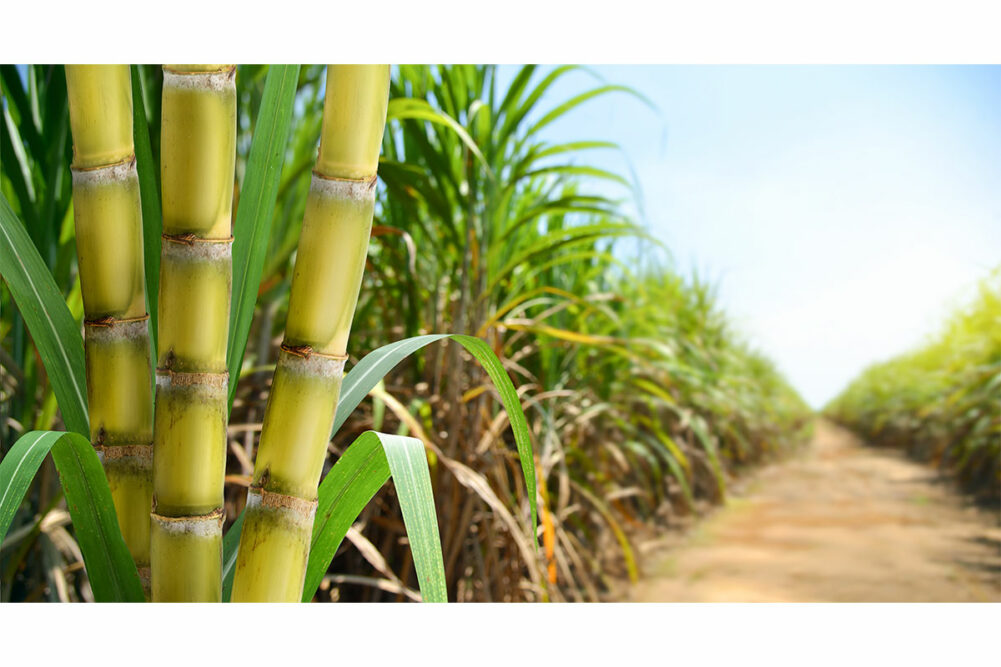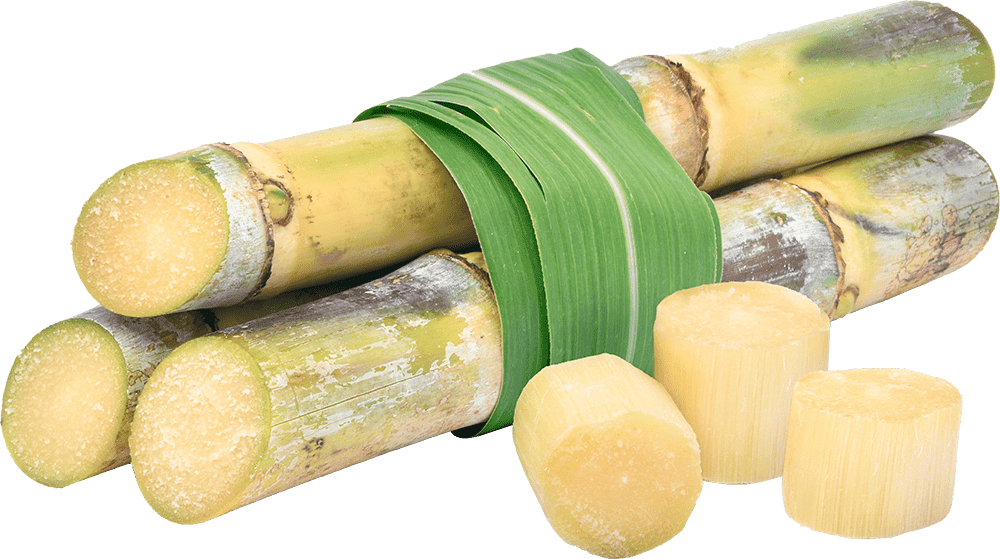Cane Sugar Processing: From Field to Table-- A Step-by-Step Overview
Cane Sugar Processing: From Field to Table-- A Step-by-Step Overview
Blog Article
Exploring the Comprehensive Tips Associated With Cane Sugar Processing From Harvesting to Improvement
The procedure of cane sugar manufacturing incorporates a series of intricate steps, starting with the mindful harvesting of sugarcane and finishing in the improvement phases that make certain the end product fulfills market standards. Each phase, from the removal of juice to the filtration and crystallization processes, plays a critical role in identifying the top quality and character of the sugar. Recognizing these stages not just highlights the intricacy of sugar manufacturing but likewise raises vital questions regarding efficiency, sustainability, and advancement in the industry. What ramifications do these factors have for future methods?
Harvesting Sugarcane
Gathering sugarcane is a critical action in the walking stick sugar processing chain, as it directly influences the quality and yield of the end product. Correct timing and strategies are important during this phase to make sure optimal sugar content and lessen losses. Commonly, sugarcane is gathered when it gets to maturity, generally 12 to 18 months after growing, defined by a high sucrose focus.

Post-harvest, the sugarcane needs to be processed swiftly to avoid sucrose degradation. Ideally, harvested cane should be transferred to processing centers within 1 day to maintain sugar top quality. As a result, efficient logistical planning is crucial to keep the honesty of the harvested plant throughout the supply chain.
Removal Process

The smashed walking stick goes through a collection of pressing operations to optimize juice healing. Commonly, warm water is sprayed onto the smashed cane, creating a countercurrent circulation that assists dissolve the sugar while also aiding in the extraction process. The juice collected from this procedure consists of not only sugar however likewise various natural substances and pollutants.

To enhance extraction efficiency, some facilities may utilize diffusion methods, where the sugarcane is taken in hot water, allowing the soluble sugars to diffuse into the liquid. The resulting juice, rich in sucrose, is then guided to succeeding handling phases, laying the structure for filtration and improvement. The extraction process is therefore essential in establishing the top quality and yield of the final sugar product.
Filtration Strategies
The filtration strategies utilized in address walking cane sugar processing are crucial for changing the raw juice right into a high-quality sugar product. These techniques primarily intend to get rid of contaminations, such as soil, plant materials, and inorganic compounds, which can detrimentally influence the final product's flavor and shade.
This procedure includes including lime and warm to the raw juice, which helps with the coagulation of impurities. In addition, the use of phosphoric acid can enhance the information process by further binding contaminations.
One more significant technique is carbonatation, where co2 is introduced to the made clear juice. This response produces calcium carbonate, which records staying impurities and advertises their removal.
Moreover, turned on carbon therapy might be applied to adsorb any kind of staying colorants and organic pollutants, ensuring an extra refined product. The mix of these techniques effectively prepares the sugar juice for succeeding action in the refining process, establishing the stage for the manufacturing of top notch cane sugar.
Formation Methods
After the purification phase, the following vital action in cane sugar handling entails condensation techniques, which play a crucial role in changing the cleared up juice into solid sugar. This procedure usually uses 2 main methods: spontaneous crystallization and controlled formation.
In spontaneous crystallization, supersaturated sugar solutions are allowed to cool naturally, leading to the formation of sugar crystals over time. This approach permits for the consistent development of sugar crystals and greater purity.
During crystallization, the cleared up juice is concentrated with evaporation, raising its sugar web content up until it reaches supersaturation. Once this factor is attained, either approach can promote the formation procedure. Cane Sugar Processing. The resultant sugar crystals are then separated from the remaining syrup via centrifugation
Inevitably, the selection of formation technique impacts the top quality, dimension, and purity of the final sugar product, making this action essential in the total walking stick sugar processing procedure.
Improvement and Product Packaging
Exactly how can the pureness and quality of walking cane sugar be better improved after formation? The refinement procedure plays a crucial function in attaining premium walking cane sugar.
Next, the sugar goes through a process called centrifugation, where it is rotated at broadband to separate the cleansed sugar crystals from the continuing to be liquid. After centrifugation, the sugar is usually further improved through a method called carbonization or phosphatation, which uses turned on carbon or phosphoric acid to eliminate color and off-flavors.
As soon as refined, the sugar is dried to accomplish the wanted moisture web content, making sure that it remains stable during storage and transport. The final step includes product packaging the polished sugar look at here in moisture-proof and impermeable containers to maintain its top quality and avoid contamination. Cane Sugar Processing. Appropriate product packaging not just expands life span but likewise facilitates very easy handling and distribution, making sure that customers get sugar that satisfies the greatest criteria of pureness and top This Site quality
Verdict
The comprehensive actions involved in walking stick sugar processing, from the precise harvesting of sugarcane to the complex refinement and packaging stages, highlight the relevance of each stage in making sure high-quality sugar manufacturing. Optimum harvesting techniques, efficient extraction methods, and strenuous filtration procedures collectively contribute to the end product's pureness and security. The formation and subsequent packaging practices further enhance the honesty and rack life of the sugar, highlighting the complexity and precision fundamental in this crucial farming market.
The process of walking cane sugar manufacturing encompasses a series of complex steps, starting with the mindful harvesting of sugarcane and finishing in the refinement stages that make certain the final item satisfies market requirements. Ideally, gathered walking stick should be transferred to refining centers within 24 hours to preserve sugar quality.In spontaneous formation, supersaturated sugar remedies are permitted to cool naturally, leading to the formation of sugar crystals over time - Cane Sugar Processing. The improvement process plays an essential role in attaining premium cane sugar.The detailed steps included in walking stick sugar processing, from the thorough harvesting of sugarcane to the elaborate improvement and packaging phases, emphasize the significance of each phase in making sure top quality sugar manufacturing
Report this page